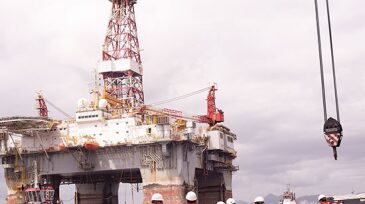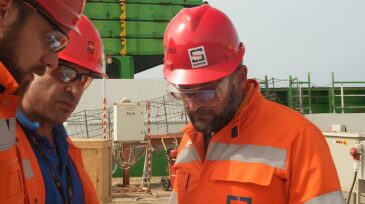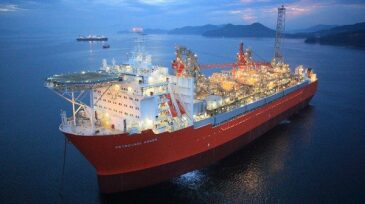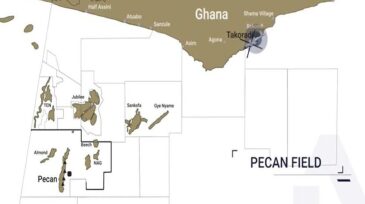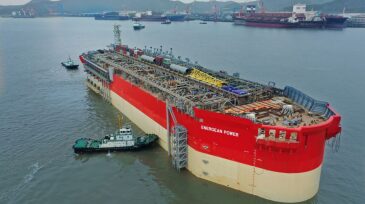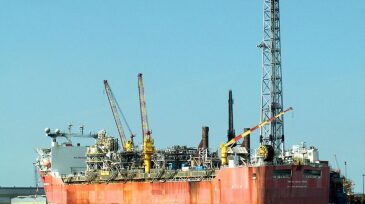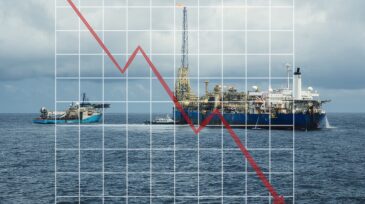Floating production systems
The project in the US Gulf is expected to add about 15,000 BOEPD to the deepwater Atlantis project at peak production.
Project financing raised by JP Morgan will enable YPF and its partners Eni and ADNOC’s XRG to launch Phase 2 of Argentina LNG, boosting production to 18 mtpa by 2030–2031.
First oil is expected from Phase 1 of the project in 2028, with up to four more phases planned.
-
The traditional subsea tieback model is evolving, supported by advances in flow assurance that allow tiebacks over much longer distances and by the introduction of new technologies that increase overall cost effectiveness.
-
Vår Energi is looking to extract another 136 million BOE from the Balder Field. Production is anticipated in 2H 2022.
-
In its push to boost deepwater production, Petrobras is aiming to launch a leasing tender to build an FPSO described as Brazil’s largest-ever oil platform. Decommissioning work begins in the Campos and the Sergipe-Alagoas Basins.
-
The Búzios-5 production system is planned to include the interconnection of 15 wells to a floating production, storage, and offloading vessel in two phases.
-
Awards are expected to recover to seven vessels next year. Over the past 10 years, only 2016 saw a lower level of activity when not a single FPSO contract was awarded.
-
The FPSO vessel will reduce capital expenditure and breakeven costs and increase commercially feasibility, leading to FID.
-
Work has resumed on Energan’s Singapore FPSO; subsea installation for the Karish project continues as planned.
-
The fire at the Terra Nova FPSO comes 6 months after C-NLOPB found Suncor noncompliant with regulatory requirements and suspended operations.
-
FPSO sanctioning is at a minimum and few opportunities remain for FPSO suppliers to find new work and redeploy their vessels. Suppliers may be forced to accept day rate reductions in order to keep their vessels working.
-
The complete paper describes the overall project execution of the Aasta Hansteen field development on the Norwegian Continental Shelf (NCS) north of the Arctic Circle. It is the deepest field yet developed on the NCS in 1300 m of water.






